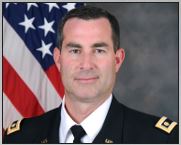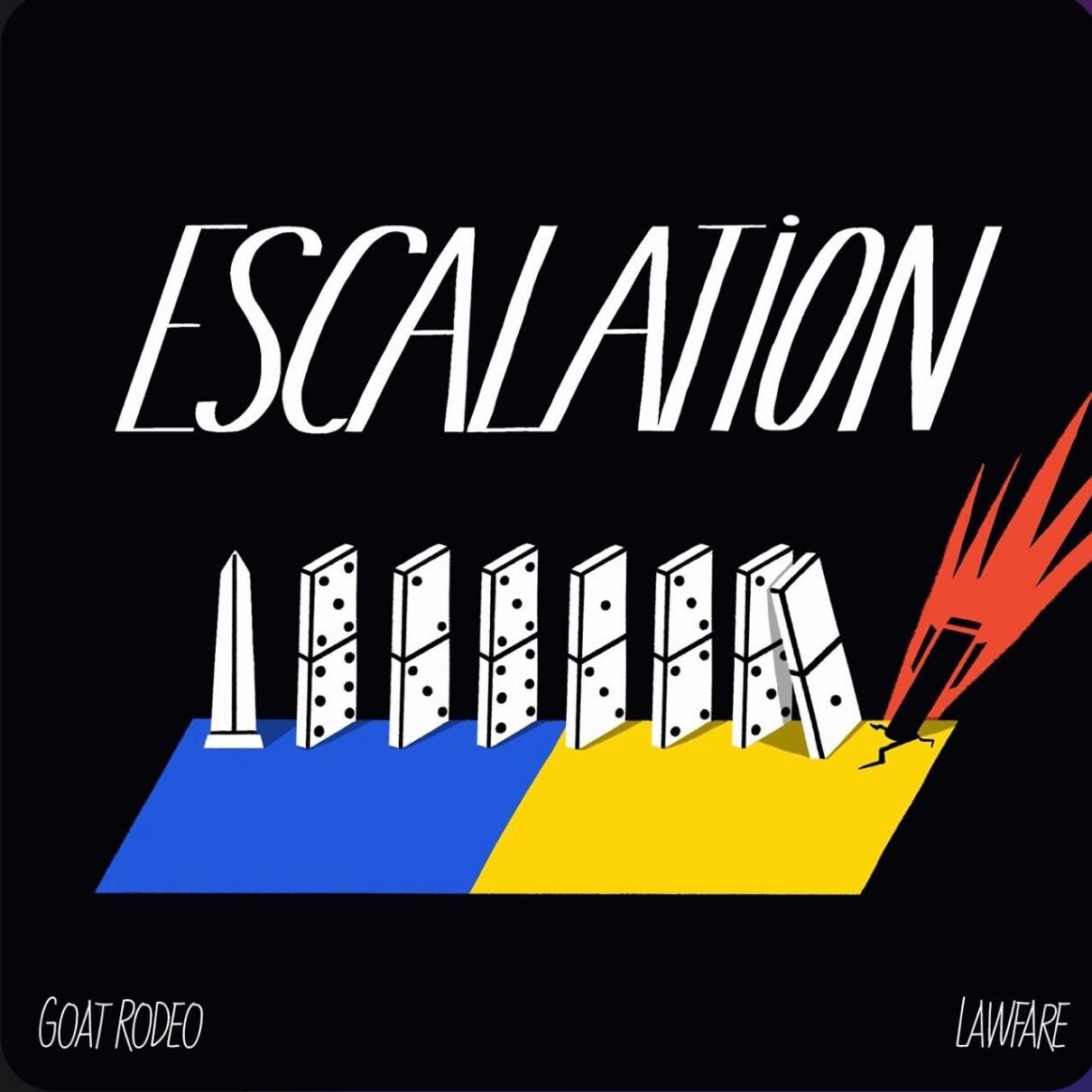Developing the Law of Armed Conflict 70 Years After the Geneva Conventions
The post below is the latest installment in Lawfare’s tradition of posting short pieces inspired by the annual Transatlantic Dialogues on International Law and Armed Conflict.
Published by The Lawfare Institute
in Cooperation With

The post below is the latest installment in Lawfare’s tradition of posting short pieces inspired by the annual Transatlantic Dialogues on International Law and Armed Conflict. This year, that event was organized and sponsored jointly by the Oxford Institute for Ethics, Law and Armed Conflict (directed by Dapo Akande), the South Texas College of Law (through the good offices of Geoff Corn), West Point’s Lieber Institute for Law and Land Warfare (directed by LTC Shane Reeves), and the Robert Strauss Center for International Security and Law at the University of Texas (directed by Lawfare’s Bobby Chesney).
Recently the Lieber Institute for Law and Land Warfare at West Point, the Robert Strauss Center for International Security and Law at the University of Texas, the Oxford Institute for Ethics, Law and Armed Conflict, and the South Texas College of Law Houston co-sponsored the seventh annual Transatlantic Dialogues on International Law and Armed Conflict. This year’s workshop took place 70 years after the adoption of the Geneva Conventions and provided a unique opportunity to reflect on the impact of these seminal treaties.
While there is no doubt the Geneva Conventions remain at the foundation of the law of armed conflict (LOAC), it is also clear that portions of these documents are difficult to reconcile with contemporary warfare. For example, Article 28 of the Geneva Convention Relative to the Treatment of Prisoners of War of August 12, 1949 (Geneva Convention III) discusses the details of operating a camp canteen, including types of items that must be available, pricing and how profits are used. Article 62 in the same convention notes that “[p]risoners of war shall be paid a fair working rate of pay by the detaining authorities direct. The rate shall be fixed by said authorities, but shall at no time be less than one-fourth of one Swiss franc for a full working day.”
Obviously, it is difficult to find the above provisions relevant on the modern battlefield. Just as global militaries adapt doctrine, tactics and force structure to address battlefield realities, innovations in the law are necessary for effectual regulation. In other words, as the pace of change in military operations accelerates, the LOAC must also evolve or risk becoming detached from modern military realities.
Despite this necessity, new treaties are rare and customary international law is difficult to discern, as states are reticent to express concrete positions concerning the LOAC. As a result, the LOAC is glacial in adapting to the complexities of modern warfare, leaving numerous novel legal issues unaddressed.
With states generally silent, nongovernmental organizations (NGOs), expert drafted manuals and decisions of international tribunals are increasingly looked to for answers. This is logical, as these contributions are often quite valuable. Groups like the International Committee of the Red Cross (ICRC) are well versed in the LOAC and are persuasive in explaining how the law should be interpreted. Manuals, for their part, are important in helping state practitioners reach a common understanding on difficult legal topics while simultaneously stimulating dialogue. International tribunals, while ensuring LOAC compliance, offer critical explanations of how the law works in application.
Clearly, these efforts are extraordinarily important, especially as the baseline treaties underlying the LOAC age. But it is worth highlighting that states, despite their hesitancy, remain the creators of international law. NGOs, at most, indirectly influence state practice and are not empowered to develop the law. Many manuals, though often mistaken (albeit not by their drafters) as lex ferenda, are intended as restatements of the existing law intended to help state legal advisers. Finally, international courts and tribunals are limited by jurisdiction to only those states parties bound by the underlying promulgating treaty.
When states are unwilling to express their views about international law or are unable to come to bilateral or multilateral agreements, others fill this void. Humanitarian groups conduct widely publicized conferences and scholars draft lengthy manuals and handbooks that purport to explain the current state of the LOAC and international law generally. While laudable to some extent, it is important to understand the motivations and interests of the experts who conduct these projects. For example, humanitarian groups are often driven by their interest in protecting victims of armed conflict and state violence and are not motivated by the desire to protect states’ military and operational interests. Similarly, academics are driven by theoretical and conceptual clarity in the law, whereas conceptual and theoretical incongruence or unclarity may reflect states’ interests in operational flexibility, or unwillingness or inability to agree with other states on applicable norms. Likewise, the core function of international tribunals is dispute adjudication, not law creation or refinement.
The point is not to diminish or criticize these efforts. Rather, it is to stress the importance of state engagement in this area. At the very least, states must be willing to publicly assert when they disagree with statements of law from these various nonstate efforts.
Based on recent trends, any state development of the LOAC in the near future will be through customary international law (CIL). Of course, as noted above, CIL development is difficult and raises several problematic questions. For example, how does the international community reconcile inconsistencies in the practice of states? Is it possible to deduce specific rules from general principles? When is a state providing clarity on a view versus making a statement of opinio juris? These, along with other underlying issues, must be addressed. As Michael Schmitt and Sean Watts note, “[S]tates’ legal agencies and agents should be equipped, organized, and re-empowered to participate actively in the interpretation and development of IHL.”
However, the possibility that states will develop new LOAC treaties should not be completely dismissed. The devastating effects of weaponizing new technologies may eventually incentivize states to engage in the development of conventional law. For example, a significant vulnerability for an advanced state engaged in an armed conflict is its reliance on the cyber domain to operate the critical infrastructure essential for societal functions. The catastrophic results of losing the services provided by critical infrastructure are immense and potentially could result in a state’s no longer being capable of conducting military operations. Therefore, recognizing the potential adverse consequences of such a cyberattack, advanced states may choose to come together to develop a narrow treaty that provides heightened protections for critical infrastructure during an armed conflict.
As Geoffrey Corn has discussed with the author, adopting narrowly scoped international agreements to avoid potentially catastrophic consequences of armed conflict is not without precedent. For example, the 1976 Environmental Modification Treaty (ENMOD) prohibits the use of environmental modification techniques having widespread, long-lasting or severe effects as the means of destruction, damage or injury to any other state party. The ENMOD Convention was negotiated during a period of heightened international concern about the protection of the environment during armed conflict. By the 1970s, the international community became increasingly aware that the toll of modern armed conflicts went far beyond human suffering and damage to physical property but also led to extensive destruction and degradation to the natural environment. Most notably, the widespread use of the defoliant Agent Orange in Vietnam resulted in environmental contamination leading to significant international criticism and concern. This widespread concern, coupled with the recognition that weaponizing environmental modification techniques could have devastating global effects, brought states together to develop the ENMOD Convention. In similar fashion, states may find it necessary today to develop specific treaty protections in response to global threats posed by new technologies.
This is not to say that the LOAC necessarily will progress through the development of unique rules for narrowly tailored subareas. Indeed, many states are asserting that the LOAC as a whole is up to the task of regulating all forms of armed conflict regardless of operational domain. These states seek to ensure the LOAC’s development through the interaction of the structural principles of military necessity and humanitarian considerations; its cardinal principles of distinction, proportionality, and the prevention of unnecessary suffering; and its general rules governing the conduct of hostilities. States may determine that it does not serve their interests to develop the law in a compartmentalized fashion but, rather, holistically as a general body of law.
How the law develops is open to debate, but what is starkly apparent is that states must reassert their traditional stewardship over the LOAC and proactively address new legal questions. Otherwise, the LOAC will become increasingly detached from contemporary warfare as nonstate institutions fill the void without necessarily addressing state interests. This is, of course, dangerous, as it is the LOAC that ensures military necessity and humanity remain in balance and warfare does not devolve into the brutality and savagery that has for so long defined conflict.





